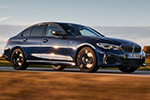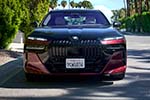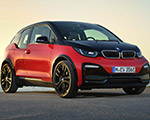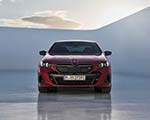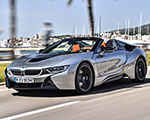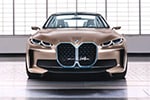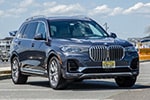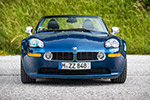The future of BMW’s electric mobility is being written in Landshut, Germany. This historic plant, long known for its expertise in lightweight construction and powertrain components, now stands at the forefront of BMW’s biggest technological shift in decades. Here, BMW is ramping up production of its sixth-generation (Gen6) high-voltage battery system, a breakthrough in efficiency, cost reduction, and charging speed that will define the upcoming Neue Klasse models.
We were given an exclusive opportunity to step inside BMW’s high-voltage battery workshop at Landshut, where engineers and executives shared an in-depth look at the innovations shaping BMW’s next generation of EVs. Even though some of the details were held back for future events, the several technical workshops gave us a glimpse at how BMW intends to redefine electric driving, from energy storage to charging to sustainability.
New Battery Architecture: From Modules to Structural Integration
BMW’s Gen6 battery is a dramatic departure from its predecessor, Gen5, which powers the current BMW iX1, iX2, iX3, iX, i4, i5 and i7 models. While the previous generation relied on prismatic cells housed in individual modules, the new system transitions to cylindrical cells with a 46mm diameter, available in two heights: 95mm and 120mm (4695 and 46120). The shift from modules to a direct cell-to-pack (CTP) integration allows for greater energy density, reduced weight, and more efficient use of space.
But BMW didn’t stop there. The company is also implementing pack-to-open-body integration, meaning that the battery pack itself is a structural element of the car. Unlike conventional designs where the battery is enclosed within a separate housing and then installed in the car, the Neue Klasse models will have an open chassis until the battery is mounted, essentially forming the vehicle’s floor.
As BMW explained, this has profound benefits:
- A lower vehicle weight, leading to better efficiency and driving dynamics.
- A completely flat underbody, enhancing aerodynamics and increasing range.
- Improved crash safety, with the battery pack itself contributing to the structural integrity of the vehicle.
According to BMW, this design philosophy eliminates unnecessary materials, reduces production complexity, and enhances their ability to scale battery sizes across different vehicle types.
Faster, More Efficient Charging with 800V Architecture
For any EV, charging speed is as critical as range, and BMW has addressed this by transitioning from a 400V system to an 800V architecture. The 800V architecture is not new to the industry. A lot of BMW’s direct and indirect competitors are already offering electric vehicles with the more complex system. BMW was not ready to share all the details on what’s coming here are some details confirmed at this stage:
- 30% faster DC charging compared to Gen5.
- Up to 300 km of range added in just 10 minutes.
- A dramatic 50% reduction in energy loss, improving overall efficiency.
BMW has also integrated a flexible charging system, meaning the Gen6 battery can switch between 800V and 400V charging, depending on the infrastructure available. This ensures that drivers can take advantage of high-powered ultra-fast chargers while maintaining compatibility with existing networks.
What they have not confirmed are the 10-80 percent charging times (we tried getting an answer) and the charging rate. Our own sources, but yet not confirmed by BMW, point to 300 to 400 kW of fast charging and to a new NACS port installed on Neue Klasse vehicles which will give BMW access to the Tesla charging network as well.
The Energy Master
One of the key enablers of this efficiency is the Energy Master, a sophisticated control unit developed in-house by BMW. Unlike previous systems where various power management components were scattered throughout the vehicle, the Energy Master acts as a central hub, distributing high and low-voltage energy with greater precision and intelligence. It also improves thermal management, ensuring optimal charging speeds without excessive heat buildup or energy waste. Again, we did try to get some concrete numbers when it comes to thermal management improvements, but nothing was shared at this time.
Furthermore, BMW has designed the Energy Master to be easily replaceable, addressing a major concern in EV maintenance. Whereas Gen5 battery management systems were deeply embedded inside the pack, the Energy Master sits beneath the rear seats, making it far more accessible for servicing and repairs.
More Range, More Efficiency, Less Cost
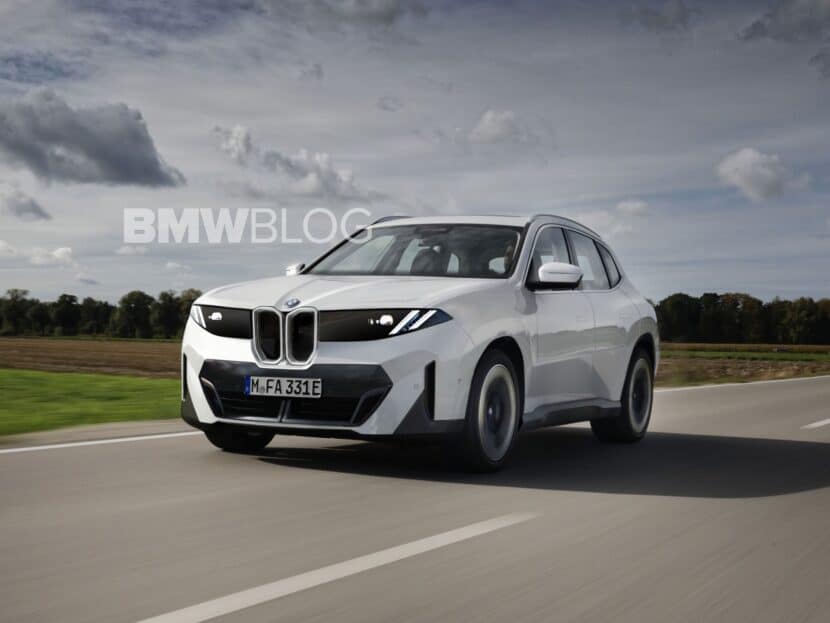
Range anxiety has been a persistent challenge in EV adoption, and BMW is tackling it head-on with a 30% increase in range compared to Gen5 models. In layman terms? A range of 600 to 900 km on the WLTP cycle. Naturally, the more stringent EPA standard will bring these numbers a bit, but will still be competitive in today’s market.
This isn’t just a result of higher energy density (up 20%), but also BMW’s pursuit of efficiency gains across the board. Aerodynamics play a crucial role in this improvement. By removing the need for a separate underbody panel, BMW’s new battery-integrated floor design creates a seamless, fully enclosed lower surface. This reduces drag and contributes to the 20% overall vehicle efficiency increase achieved with Gen6.
Weight savings are another factor. By eliminating modules and integrating the battery into the structure, BMW removes redundant materials, further optimizing the vehicle’s weight distribution and dynamics. How much lighter? They are not ready to communicate that either.
But perhaps the most impressive achievement is cost reduction. BMW has cut battery production costs by 40-50%, a staggering improvement that will allow the company to price its EVs more competitively. This was achieved through not only a simplified battery design, but also through more efficient production techniques, allowing fewer assembly steps and a high level of standardization.
Bidirectional Charging
BMW’s Gen6 battery isn’t just for powering the car—it’s also a power source. The Neue Klasse will introduce bidirectional charging, allowing vehicles to:
- Feed electricity back into the grid (Vehicle-to-Grid, V2G).
- Power homes during outages (Vehicle-to-Home, V2H).
- Charge other EVs when needed (Vehicle-to-Vehicle, V2V).
The Role of Landshut: BMW’s Battery Innovation Hub
While Munich’s Battery Cell Competence Center (BCCC) focuses on research and cell chemistry development, Landshut is where BMW brings these innovations to life. Here, the company has made significant investments in high-voltage battery production, ensuring that its Gen6 technology is manufactured to the highest quality standards.
BMW is also adopting a “local-for-local” strategy, with five new Gen6 battery plants planned across Europe, North America, and China. This approach minimizes CO₂ emissions from transportation, strengthens supply chain resilience, and creates local jobs.
Sustainability is at the core of BMW’s electrification push, with a focus on closing the battery materials loop. The company is actively recovering lithium, nickel, and cobalt from end-of-life batteries and reintegrating them into production, reducing reliance on newly mined materials.
A Leap for BMW and Electric Mobility
Walking through Landshut, it became clear that BMW’s Gen6 battery system is more than an incremental upgrade—it’s a complete reinvention of how electric vehicles are designed and built.
With higher energy density, faster charging, lower costs, and new levels of structural integration, the Neue Klasse will set a new benchmark for premium EVs. And soon, these billion-dollar investments and countless hours of engineering will materialize into the first Neue Klasse EV: the iX3.






































































